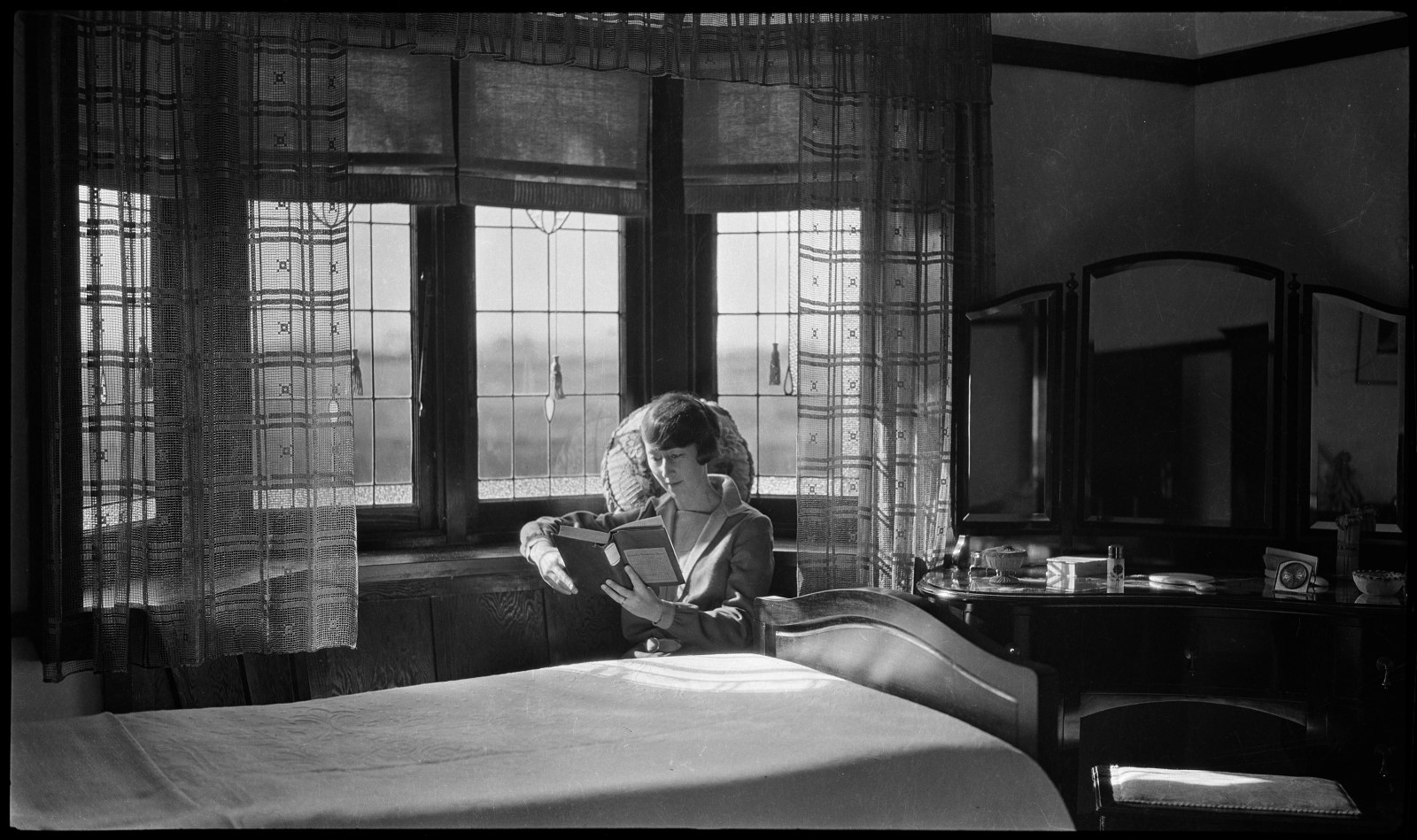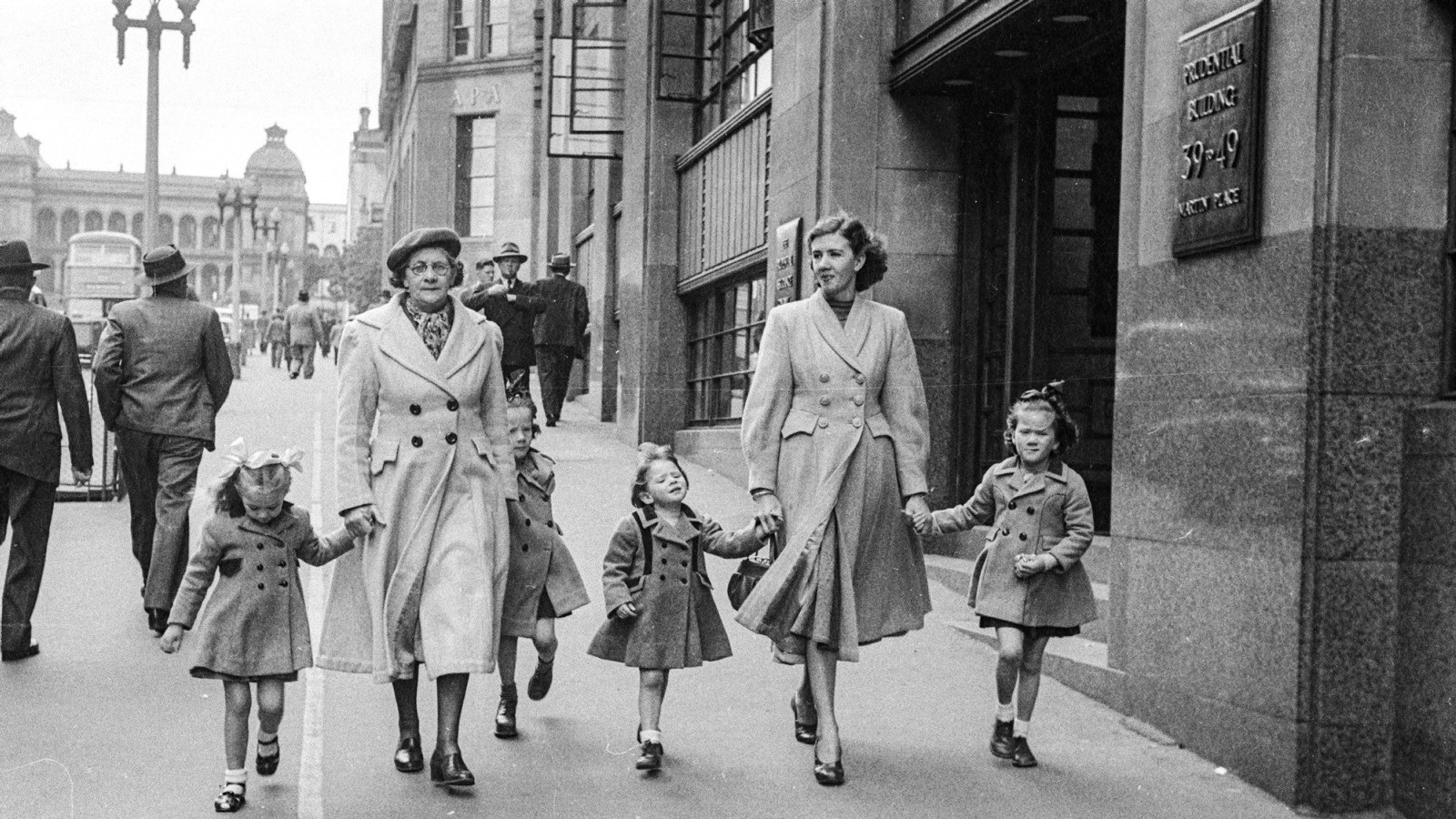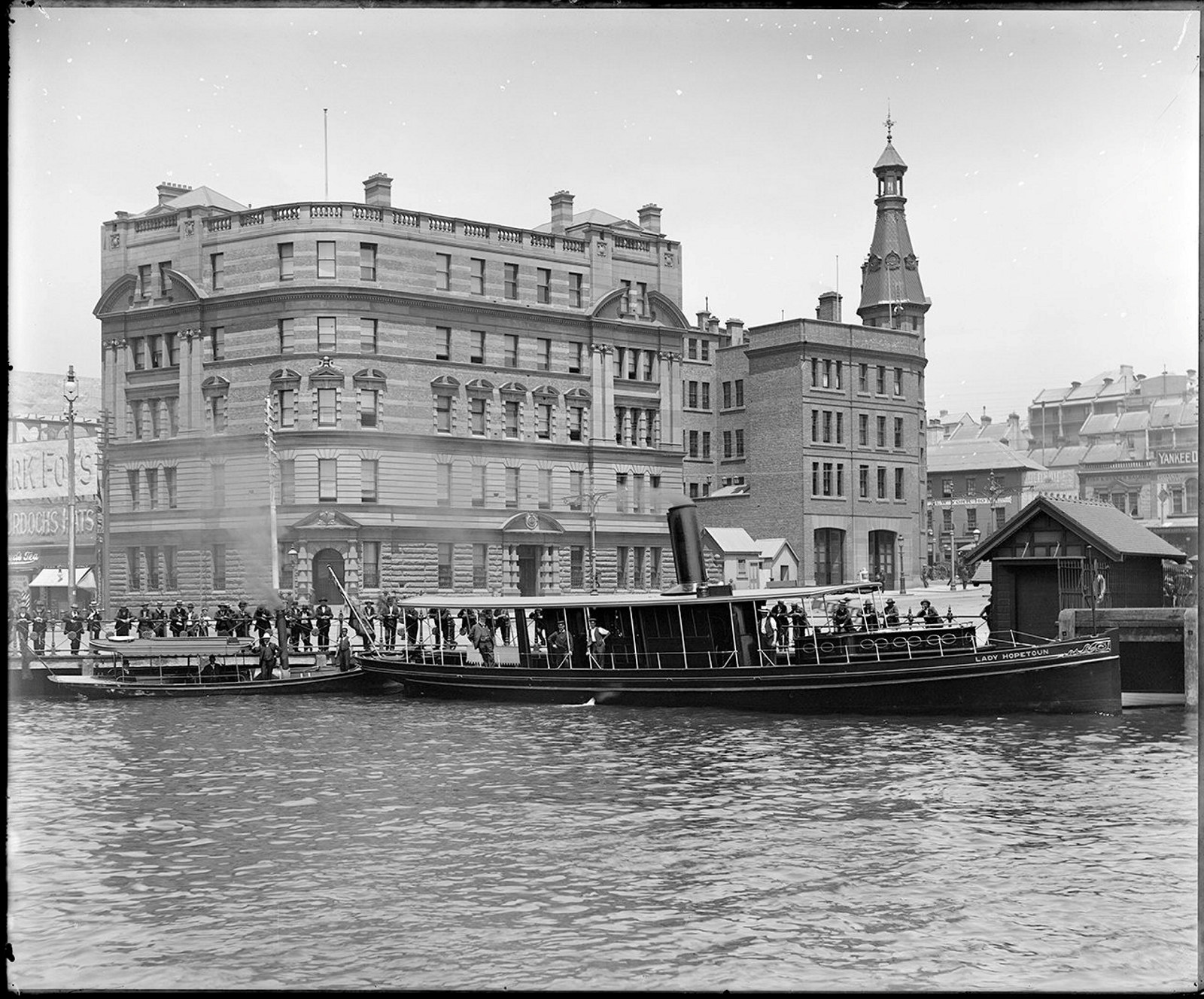Government Printing Office Glass Negatives
Photography was a major activity of the Government Printing Office from the late 19th Century until well into the 20th, resulting in an extensive and diverse collection of photographs of life in New South Wales.
Many of these were originally captured on glass plate negatives, and selected images from this series will be progressively made available via Collection Search. The initial selection of images covers a variety of subjects, for example, street scenes (particularly around The Rocks), Gladesville Hospital, Randwick Racecourse, and the training ship N.S.S. Sobraon. The images of The Rocks in particular provide a vivid picture of inner-city Sydney at the turn of the 20th century.
A selection from the collection
Published on
Photo collections
Browse all
A pictorial guide to identifying Australian architecture – photo collection
This collection of over 700 black and white photo prints was used to illustrate the book 'A pictorial guide to identifying Australian architecture' by Richard Apperly, Robert Irving and Peter Reynolds, first published in Sydney in 1989

Alan Spearman Evans Collection
The Alan Spearman Evans Collection comprises over 2000 photographic images of houses, house interiors, garden landscapes and industrial workplaces in NSW

Barry Wollaston: historic buildings in the county of Cumberland (NSW), 1954
This collection consists of 232 photo negatives by architect and photographer Barry Wollaston of buildings in the Sydney region considered by the Royal Australian Institute of Architects in the early 1950s to be of architectural and historical value

Electricity Commission
These photos record the power generation and transmission assets of the organisation and document the working conditions and social events of its employees

Fire Commissioners travels
This photo series offers a visual record of the Commissioners' travels across NSW, as well as parts of Victoria, Queensland, and South Australia. The two albums span the years 1928 to 1935

House photo albums
These specially produced photograph albums (some in published form and others consisting of photographs pasted into an album) comprise images of one or more domestic dwellings and depict exteriors, interiors and gardens in NSW mostly from the late 19th to the early 20th centuries

Ikon Studio
During the public call out for our Street Photography exhibition an extraordinarily rare collection of street photography negatives came to light. The Ikon Studio negatives provide a fascinating visual narrative of the street photographer at work

Lantern slides shown at the 1908 Franco-British Exhibition
Part of this collection of lantern slides was shown at the Franco-British Exhibition in London, 1908. Many of the slides are of typical country scenes such as saw mills, dairy farms, mining, and timber felling and hauling

Maritime Services Board
A sample of the 4000+ digitised glass plate negatives from the Maritime Services Board

Photos from the railways
With around 30,000 photos from various series, you can delve into a visual history of the railways, the workers, and the stunning landscapes of Sydney and New South Wales